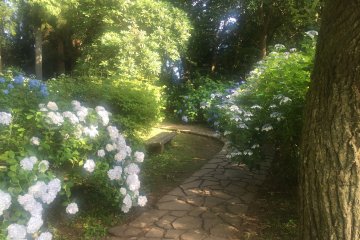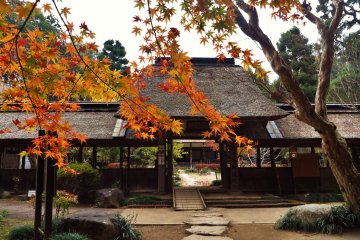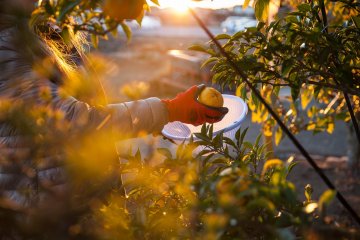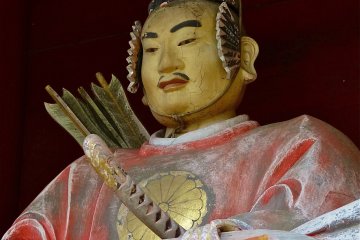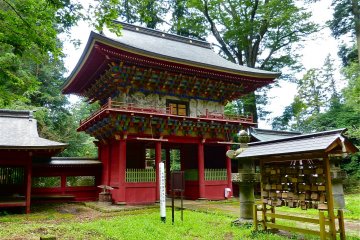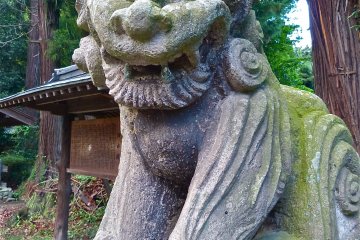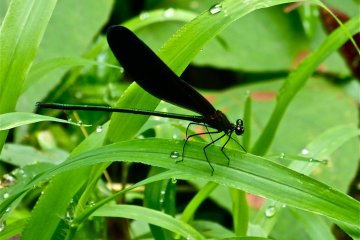Nasu Jinja Shrine, located in the Kurobane area of Otawara, Tochigi Prefecture, is famous for a story about a young expert archer, Nasuno Yoichi. He was a samurai warrior who appeared in The Tale of the Heike.
Heike Monogatari (The Tale of the Heike)
The Tale of the Heike is one of Japan's most well-known epic poems and stories, based on a historical battle between two top clans in 12th century Japan. The tale begins with this beautiful prologue:
The sound of the Gion Shōja bells echoes the impermanence of all things; the color of the sāla flowers reveals the truth that the prosperous must decline. The proud do not endure, they are like a dream on a spring night; the mighty fall at last, they are as dust before the wind. (Helen Craig McCullough's translation)
In the middle of a sea battle, a small ship with a beautifully dressed young woman on board suddenly appeared. The woman was holding a red hand fan with a golden circle (a target) in the middle. Head samurai Yoshitsune realized that this was a challenge from the enemy. He ordered a 20-year-old archer, Yoichi, to shoot at the target. At first, Yoichi, unsure of his ability to hit the target is such rough seas, and afraid to fail, declined the attempt. But Yoshitsune was very upset to hear that. He insisted, and so Yoichi decided to obey the command, ready to die if he missed the shot.
Yoichi prayed to the great God of Arms in his hometown shrine in Tochigi: the God of Nasu Jinja Shrine. And then he concentrated on the target. His arrow whistled through the air. Suddenly they could see the red fan soar high up above the ship. Yes! He had done it!
History of Nasu Jinja Shrine
According to a legend handed down from generation to generation, Nasu Jinja Shrine was established in the 4th century! The Emperor Nintoku (Reign: 313-399) ordered that a golden ball be enshrined in the town for the protection of the whole of northeast Japan. In those days, nothing was more precious than gold. And burying a golden ball involved a special ritual for a special purpose. That golden ball has been considered to be a God since then. People in this area have worshipped this God sincerely over many generations. Yoichi, the archer, lived around 1185. So the shrine already had more than an 800 years history at that time. He must have grown up in an environment that showed deep religious fervor for Nasu Jinja Shrine.
Shrine Buildings
In a dense forest, a beautiful tower gate decorated with colorful wooden carvings stands over a deep green moss coated, arched, stone bridge. Two wooden warriors, wearing old-style samurai costumes and armed with bows and arrows, guard the shrine from this gate. Stepping through it, you will see a simple hall for worship. The sliding doors are open, so you can see the inside of the hall. Over an alter, there sits the invisible God. Far behind the shrine buildings, you will find a mound. Here is the place that the golden ball was buried long ago.
Kurobane is a bit off the tourist’s beaten path. But if you hope to try to walk such a path while here in Japan, please visit this town. You will find some real Japanese treasures.




